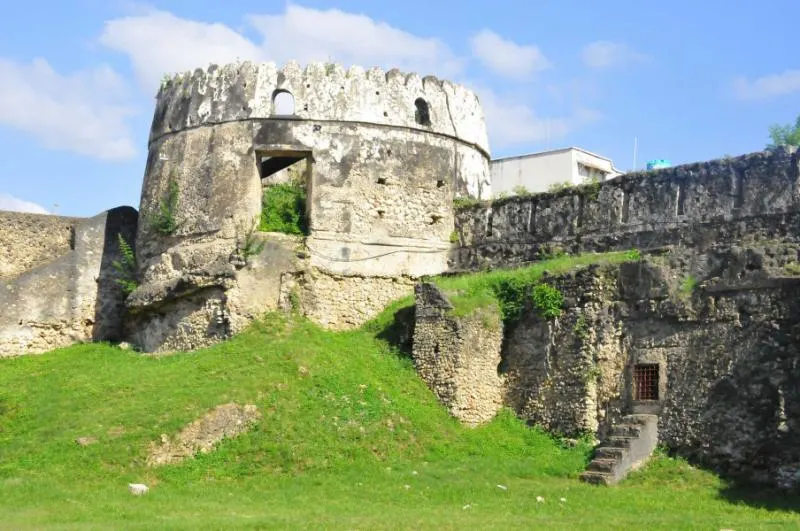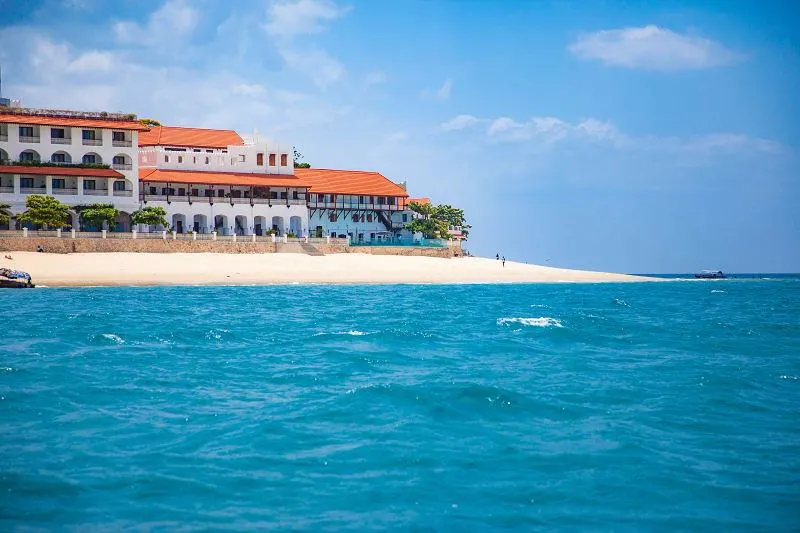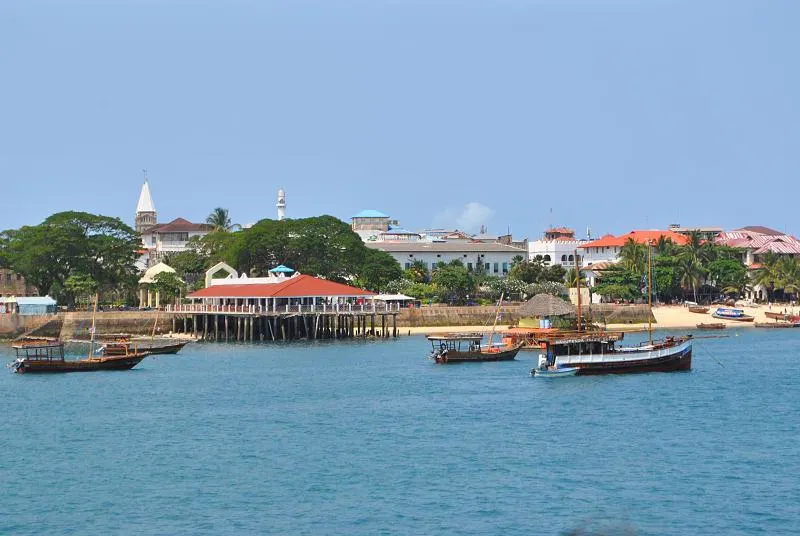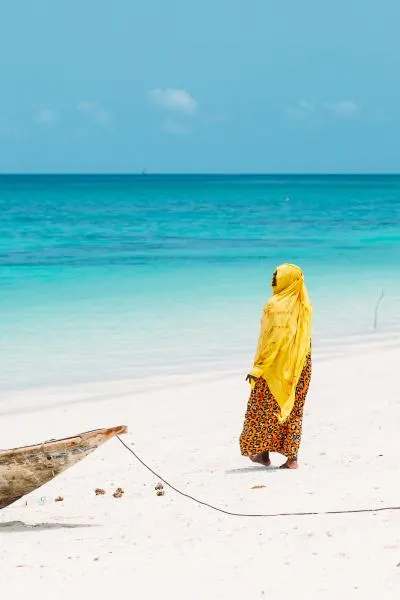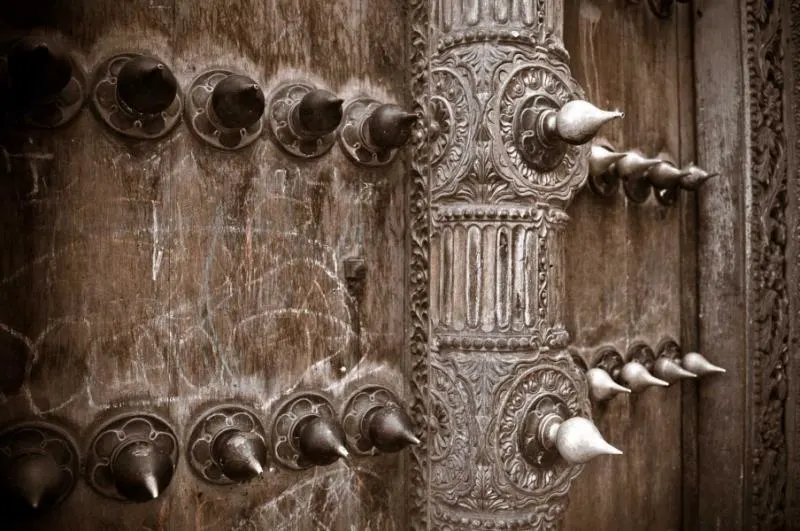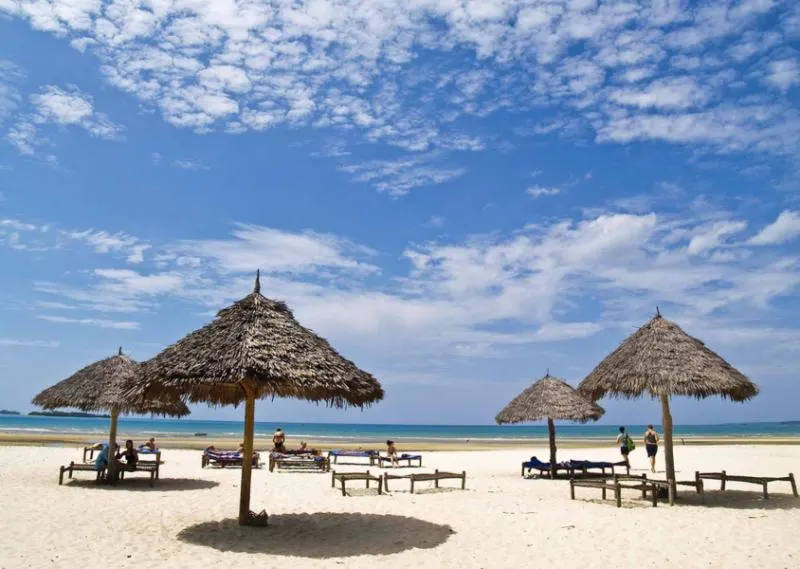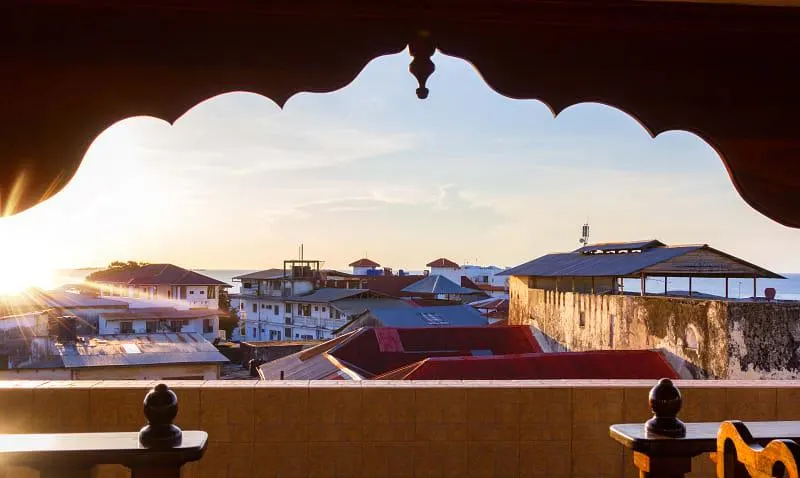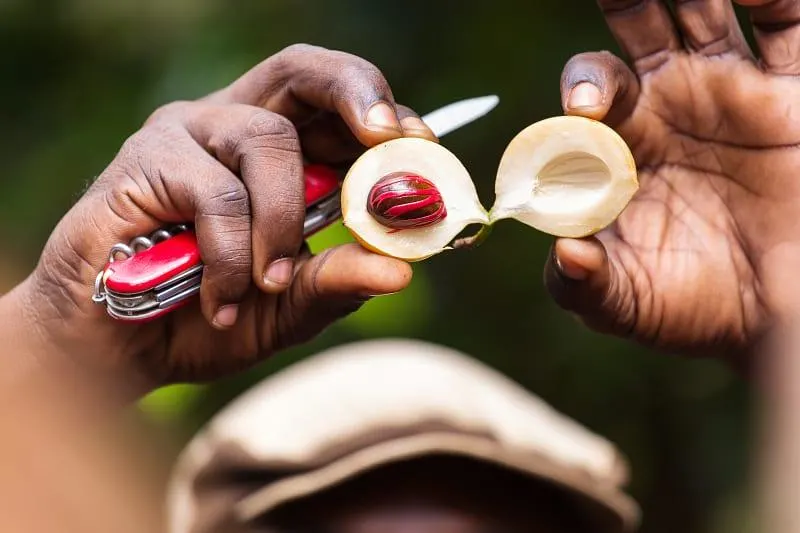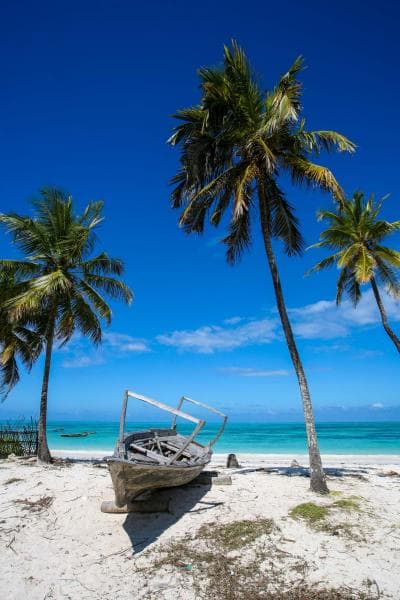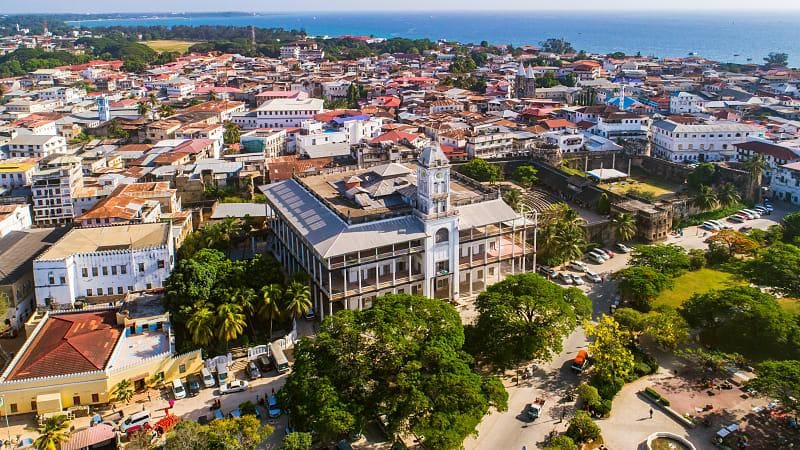-
195 metres
-
Eco-Tour
-
Easy to Moderate
Overview
Ornate wooden doors lead you into traditional coral houses, and Persian and Omani designs meet with rich Swahili culture. Spice plantations tantalize the nostrils while slaving history provides poignant stories. Zanzibar is Africa’s most culturally diverse destination, an island with a myriad of influences and artistic obsessions. From its earliest trading days to the day-to-day life of today, this handcrafted tour offers an intimate journey into all the history and culture that Zanzibar can offer.
Highlights
- Immerse yourself in Stone Town, where exotic influences create one of the world’s most vibrant cultural atmospheres
- Ride a traditional wooden dhow to Prison Island, where history meets with a white beach and a tortoise colony
- Follow the storyline through Zanzibar’s slave-trading history, from Tippu Tip’s House to the Mangapwani Slave Chamber
- Discover traditional village life with a day at a small community near Jambiani
- Meet with artisans and explore their crafts, notably the tradition of highly ornate wooden doors
- Spend a full day lounging on the beach at Jambiani, feeling the island’s sense of escapism
- Inhale the scents of spice plantations and track Zanzibar’s iconic spice trading history
- Take intimate walking tours through Stone Town, connecting many periods of history while embracing the lively culture of today
- Cruise towards the sunset on a wooden dhow, a historical vessel for traversing the oceans
- Learn Zanzibari cuisine on an intimate cooking class, using spices plucked straight from a plantation


